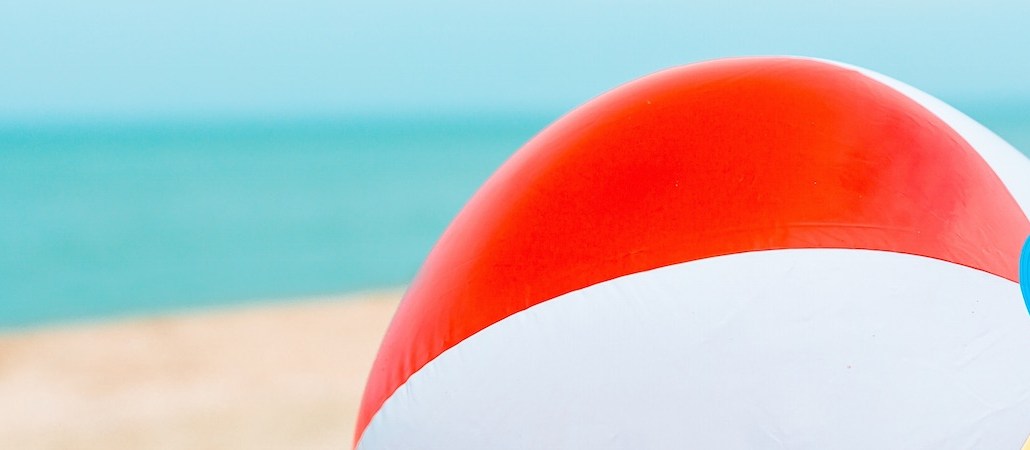
If Snapchat can’t make money with advertising, perhaps it has a future in merchandising.
For only $24.99, the disappearing photo sharing app is selling an “Official Snapchat Beach Towel,” exclusively available on Amazon. Colored in its signature yellow, the towel is adorned with the spooky ghost logo and is bordered with the same photo editing tools and buttons that’s in the app.
Judging by the product’s wacky description listing its uses, the author was suffering with sun drowsiness when they wrote it. “[Y]ou can wrap it around you for warmth as you bound across the cold moons of Ephemera Beta,” it says, adding it can be used for “hand-to-hand combat” or used to “wrap it round your head to ward off noxious fumes.”
Our biggest question is what kind of material is it made from, perhaps a fine terry cloth or a velour cotton?

Either way, one of the two reviews complains that it “promptly disappeared 3 seconds later” after they placed it on the sand. Yuk, yuk.
The towel is Snapchat’s second addition to its burgeoning Amazon store, with the other item being an Official Snapchat Plushie that’s only $8.99 — an alternative for the budget-conscious.
But, if they’re ordered together, there’s free shipping so now you know what to get us on the next Prime Day.
More in Media

Media Briefing: Publishers who bet on events and franchises this year are reaping the rewards
Tentpole events and franchises are helping publishers lock in advertising revenue.

With Firefly Image 3, Adobe aims to integrate more AI tools for various apps
New tools let people make images in seconds, create image backgrounds, replacing parts of an image and use reference images to create with AI.

Publishers revamp their newsletter offerings to engage audiences amid threat of AI and declining referral traffic
Publishers like Axios, Eater, the Guardian, theSkimm and Snopes are either growing or revamping their newsletter offerings to engage audiences as a wave of generative AI advancements increases the need for original content and referral traffic declines push publishers to find alternative ways to reach readers.





